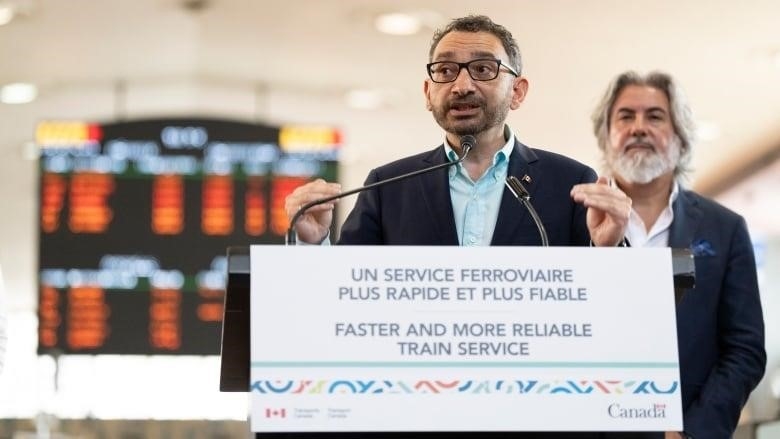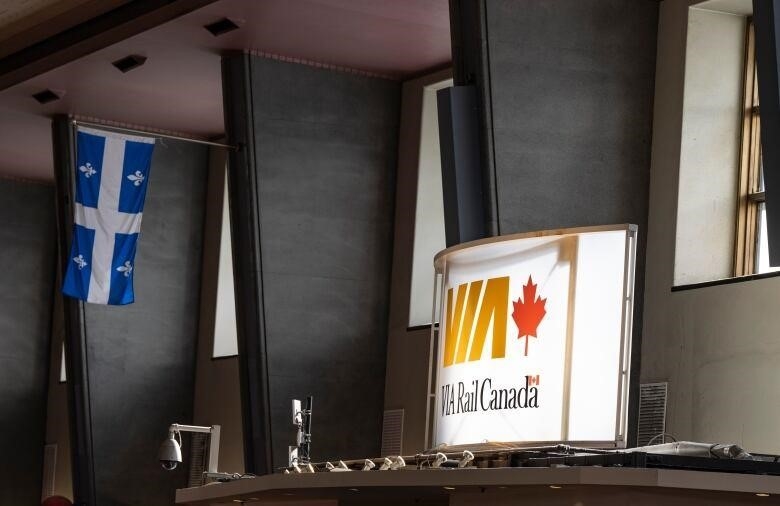
The minister of transportation says the partner who will build the train will be chosen next summer
The federal government has extended the time it will take to build a faster passenger railway from Toronto to Quebec City.
Omar Alghabra, the minister of transport, said Thursday that he hopes the high-frequency rail line will be up and running by the middle of the 2030s, not the early 2030s as he had said in March.
“The prediction is that the service should be up and running by the middle of the 2030s. We expect the service to be ready there,” he told reporters, adding that construction would begin “in a few years.”
“But I agree that it will take a long time. But we want to do it right, so this is the best way to do it.” Alghabra said.
At a news conference at the Montreal Central Station, the minister asked three consortiums that made it onto a short list to submit proposals. This is the latest step in a project that was first announced in July 2021.
In that year, Alghabra said that it would probably cost between $6 billion and $12 billion. But on Thursday, he refused to give an estimate of how much the project would cost, saying that the government first needs to look at the plans.
“I might have an idea of the total number, but I wouldn’t want to give Canadians a wrong number that I’d have to change later,” he said.

The Liberals’ Quebec lieutenant, Heritage Minister Pablo Rodriguez, said that a fully high-speed rail corridor with speeds up to 300 km/h, as some politicians in Quebec have asked for, is not possible because of all the stops the trains will have to make.
Vincent Robitaille, the assistant deputy minister of high-frequency rail for Transport Canada, said that just building underpasses for a high-speed rail corridor could cost hundreds of millions of dollars. This is because fast trains can’t cross roads. A lot of local and provincial governments would also need to be on board, and there would be other things that would need to be built, like fencing that goes all the way around.
He said the two largest rail companies in Canada, CN and CP, own most of the land where the Via Rail trains will run. The fastest Via Rail train will go about 200 km/h.
Robitaille said, “We can’t add more trains right now.” This is why there needs to be more and faster rail service. “The passenger trains move more slowly because of the freight trains. But it also means you can’t have as many trains.”
At speeds of up to 200 km/h, the passenger cars are expected to go through Montreal, Trois-Rivières, and other cities in Quebec and Ontario that are between Toronto and Quebec City. There would also be stops in Ottawa and Peterborough along the corridor.
These three groups have been chosen to submit proposals: Cadence is made up of SNC-Lavalin and its biggest shareholder, theCaisse de dépôt et placement du Québec, which manages the public pension fund for the province; Intercity Rail Developers, which includes Hatch and EllisDon; and QConnexiON Rail Partners, which includes WSP Canada and Toronto-based infrastructure investor Fengate.
Alghabra said that he hopes to choose a partner by the summer of 2019.
